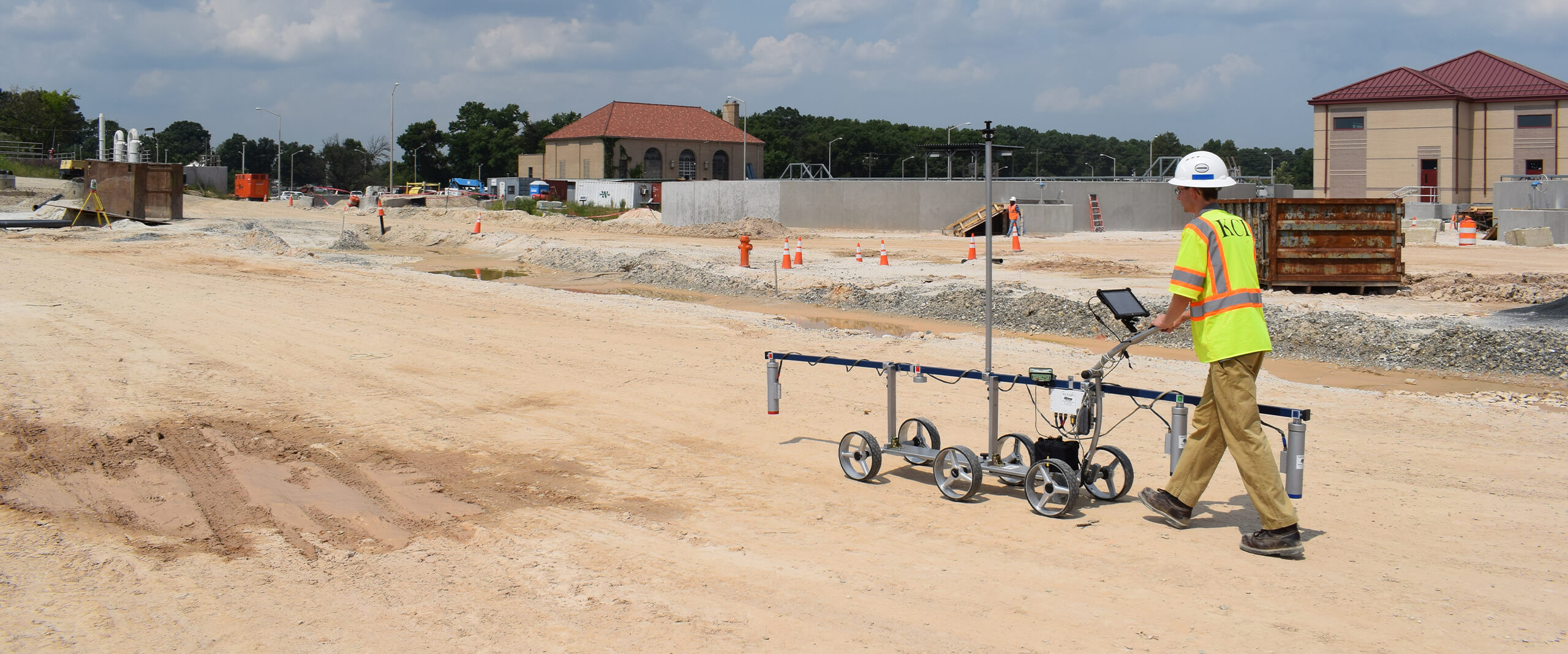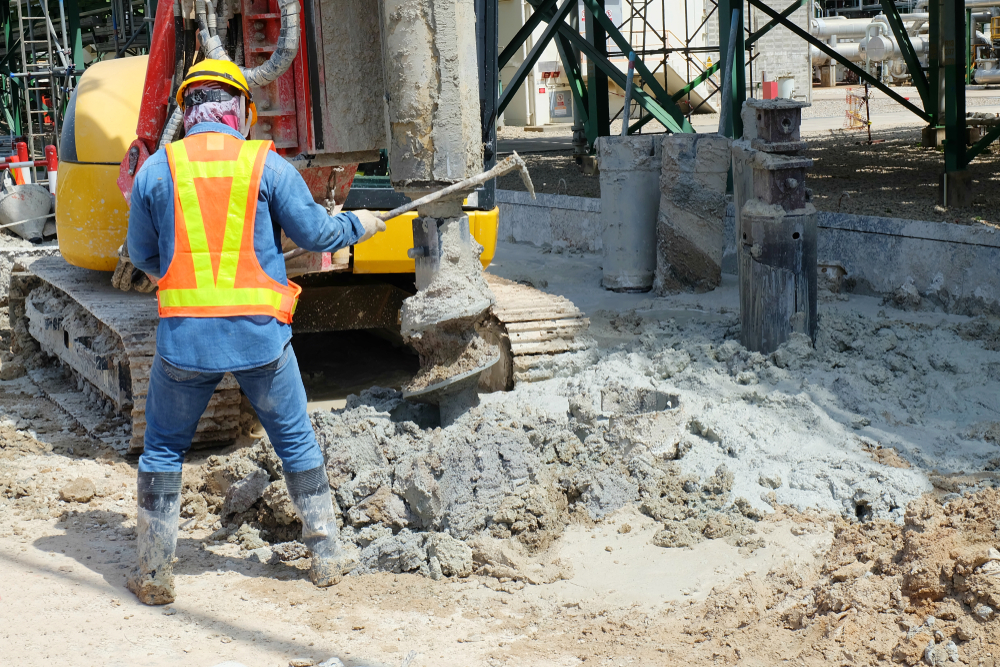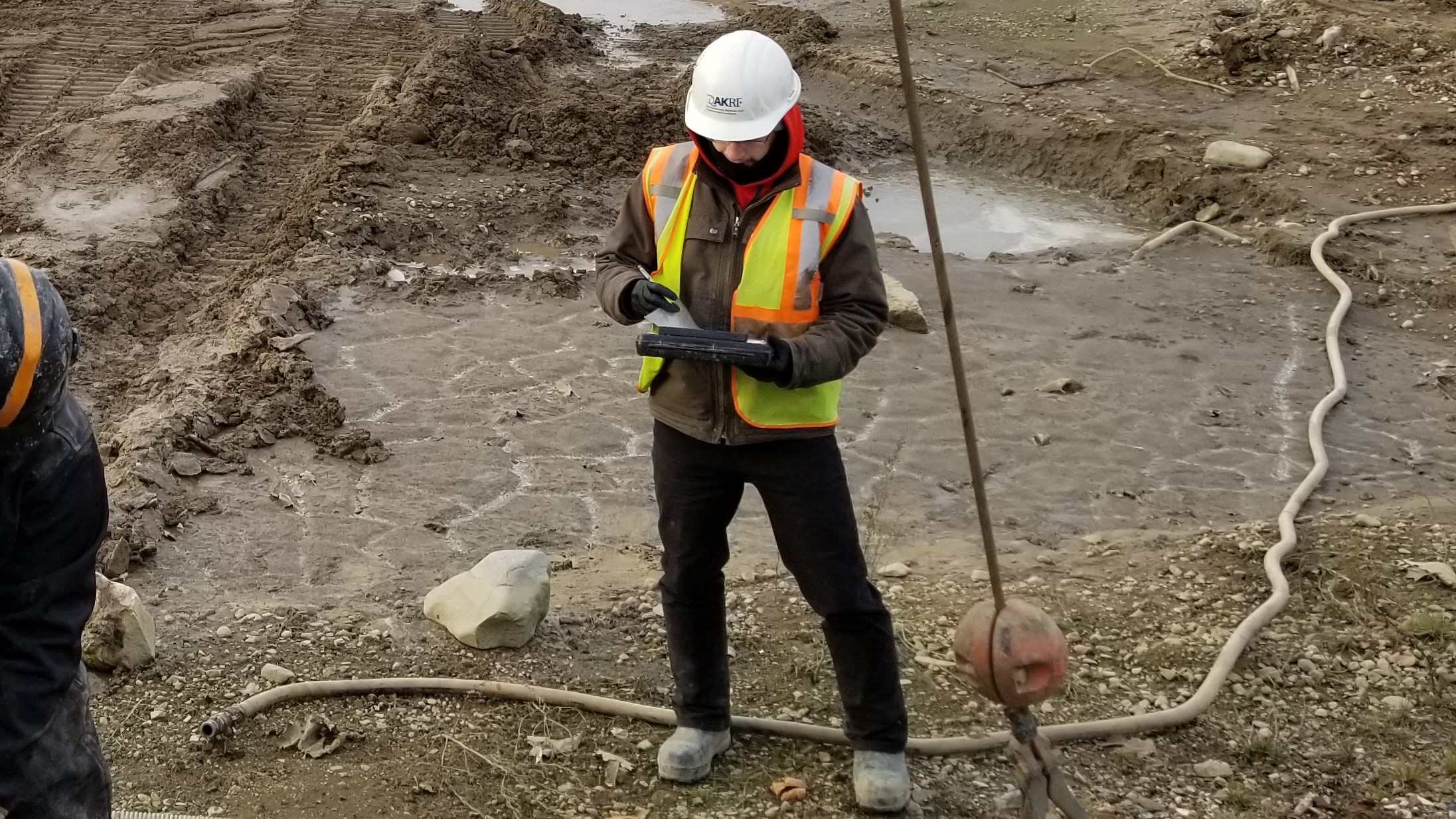Just How a Competent Tailings Engineer Can Optimize Your Mining Operations
Just How a Competent Tailings Engineer Can Optimize Your Mining Operations
Blog Article
The Interdisciplinary Approaches in the Geotechnical Market: Connecting the Space In Between Engineering, Geology, and Environmental Scientific Research for Optimum Project Outcomes
The combination of engineering, geology, and environmental science within the geotechnical market is not merely advantageous; it is necessary for achieving ideal job outcomes. What methods might arise to facilitate this important partnership and improve the effectiveness of geotechnical methods?
Significance of Interdisciplinary Cooperation
The significance of interdisciplinary collaboration in the geotechnical sector can not be overemphasized. Effective geotechnical jobs require the integration of varied knowledge from different areas, consisting of design, geology, and environmental science. This cooperation guarantees that all aspects of a job are considered, resulting in detailed remedies that deal with complicated difficulties.
Interdisciplinary partnership cultivates advancement by making it possible for professionals to share insights and methodologies that might not appear when working in isolation (engineer of record). By leveraging the toughness of numerous self-controls, teams can identify possible dangers, maximize style procedures, and enhance the sustainability of geotechnical jobs. Furthermore, such partnership promotes an all natural understanding of site-specific problems, which is important for accurate assessment and decision-making.
The complexity of geotechnical tasks demands a collaborated strategy to analytical. When designers, rock hounds, and environmental researchers collaborate, they can develop a cohesive method that aligns technological needs with ecological considerations and regulative compliance. This harmony not only boosts job outcomes but also adds to the long-lasting resilience of framework. Eventually, interdisciplinary collaboration is necessary for advancing best practices and achieving quality in the geotechnical sector.
Trick Duties of Each Self-control
Partnership among different techniques is not just helpful; it is crucial for the successful implementation of geotechnical tasks. Each discipline-- engineering, geology, and environmental science-- plays an unique yet interconnected duty that adds to predict efficacy and sustainability.
Geotechnical engineers are primarily responsible for designing structures and ensuring architectural honesty. They analyze dirt and rock residential properties to assess load-bearing capabilities, providing important information for risk-free building methods. Their proficiency enables the formulation of cutting-edge remedies to intricate difficulties.

Ecological researchers evaluate the prospective impacts of construction on communities and water resources. They perform environmental assessments and create reduction methods to reduce adverse results. By incorporating environmental considerations, they make certain conformity with guidelines and promote sustainability throughout the task lifecycle.
Instance Research Studies of Successful Integration
Effective assimilation of geotechnical self-controls can be exhibited with different study that highlight the efficiency of synergy in dealing with intricate engineering difficulties. One remarkable example is the building of the Hong Kong-- Zhuhai-- Macau Bridge, where a joint method entailing geotechnical engineering, geology, and ecological science was crucial. Designers and geologists operated in unison to assess the seabed problems and optimize the structure style, guaranteeing stability and minimizing environmental impact.
One more impactful instance is the improvement of incline stability in the San Francisco Bay Location, where an interdisciplinary team integrated geotechnical evaluation with ecological evaluations. By incorporating geological surveys and hydrological studies, the group efficiently recognized potential landslide dangers and applied effective mitigation procedures, boosting safety and sustainability.
Moreover, the redevelopment of Brownfield websites frequently needs a multidisciplinary approach. In one case in Chicago, partnership amongst geotechnical designers, environmental scientists, and metropolitan planners led to the successful removal of infected dirt, permitting the secure makeover of the site into a community park. These situation research studies show that interdisciplinary cooperation not just addresses technological challenges but likewise promotes ingenious options that profit both communities and projects.
Difficulties in Multidisciplinary Projects

Additionally, coordinating routines and process among various groups can be bothersome, especially when each self-control has distinct project milestones and deliverables. This imbalance can cause delays and increased expenses. The obstacle of source allotment additionally impends huge; making sure that customized know-how is available at crucial times needs careful preparation and foresight.
Finally, regulatory conformity poses an additional significant obstacle. Each self-control may encounter different governing frameworks, and straightening these demands to meet project goals can be time-consuming and complicated. Dealing with these obstacles requires solid management and effective interaction techniques to foster partnership and make certain that multidisciplinary teams function cohesively in the direction of shared goals.
Future Trends in Geotechnical Practices
As the geotechnical sector develops, arising trends are improving practices to attend to the challenges faced in multidisciplinary tasks - tailings engineer. One substantial trend is the raised integration of sophisticated technologies, such as expert system and artificial intelligence, into geotechnical analysis and style. These modern technologies enhance anticipating modeling and risk assessment, making it possible for designers to make more informed choices throughout the project lifecycle

Furthermore, the fostering of electronic doubles and real-time tracking systems is ending up being much more prevalent. These devices promote continuous analysis redirected here of soil conditions and architectural efficiency, enabling prompt treatments when issues develop.
Final Thought
To conclude, the assimilation of engineering, geology, and environmental science is crucial for attaining optimal outcomes in the geotechnical market. Interdisciplinary cooperation fosters development, improves analytic abilities, and aligns technical requirements with environmental sustainability. Successful study highlight the benefits of this strategy, while acknowledging the difficulties encountered in multidisciplinary jobs. Looking ahead, accepting these joint methods will certainly be important for navigating future patterns and progressing the area of geotechnical engineering.
The assimilation of engineering, geology, and ecological scientific research within the geotechnical industry is not just useful; it is important for achieving optimum job outcomes. Efficient geotechnical jobs require the combination of diverse proficiency from numerous fields, consisting of engineering, geology, and ecological science.Browsing the complexities of multidisciplinary tasks why not look here in the geotechnical industry offers several considerable challenges.As the geotechnical market evolves, emerging fads are reshaping techniques to address the difficulties faced in multidisciplinary jobs. Geotechnical designers are progressively teaming up with environmental scientists to make certain that tasks line up with sustainability objectives and comply with regulative needs.
Report this page